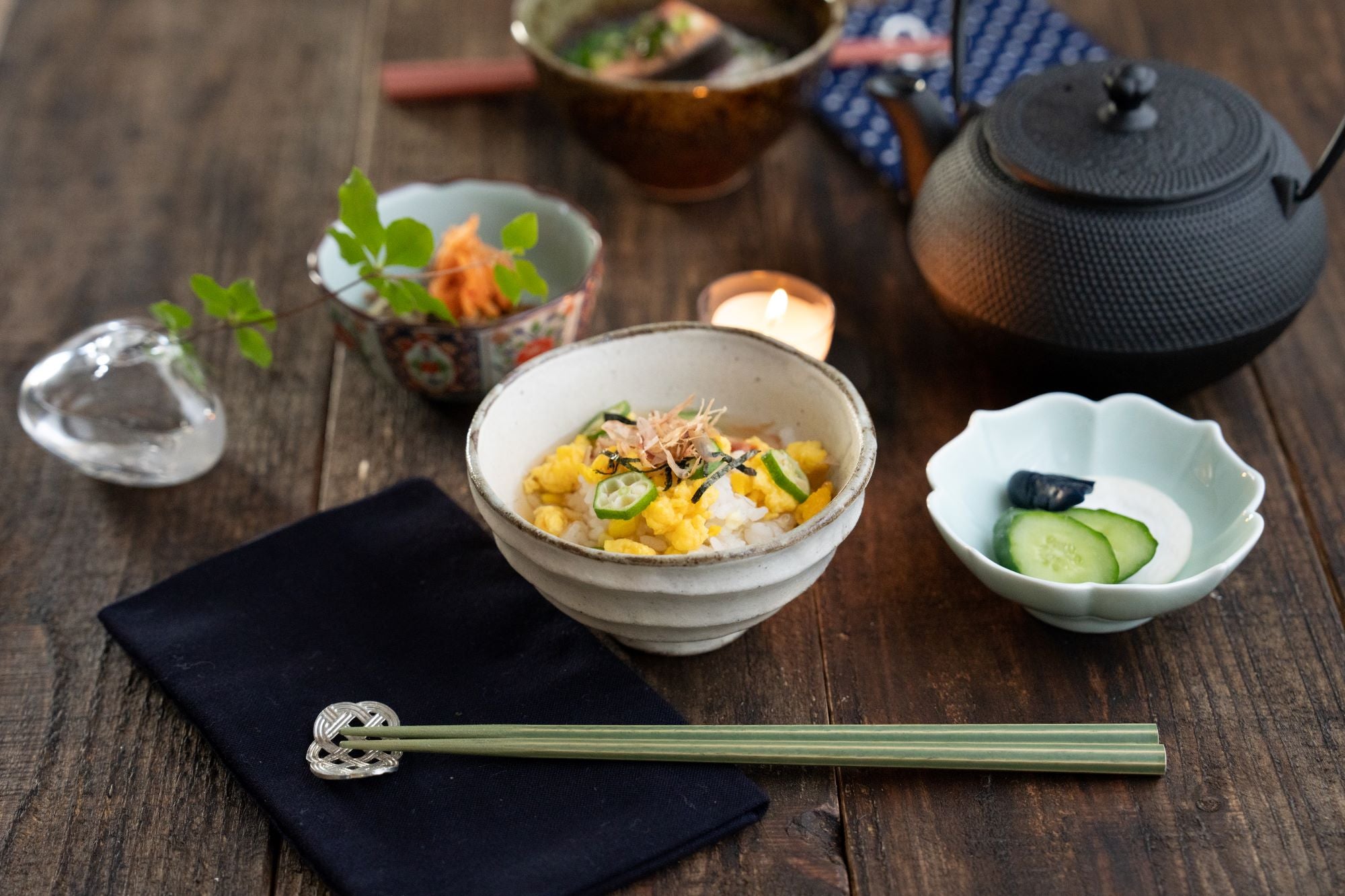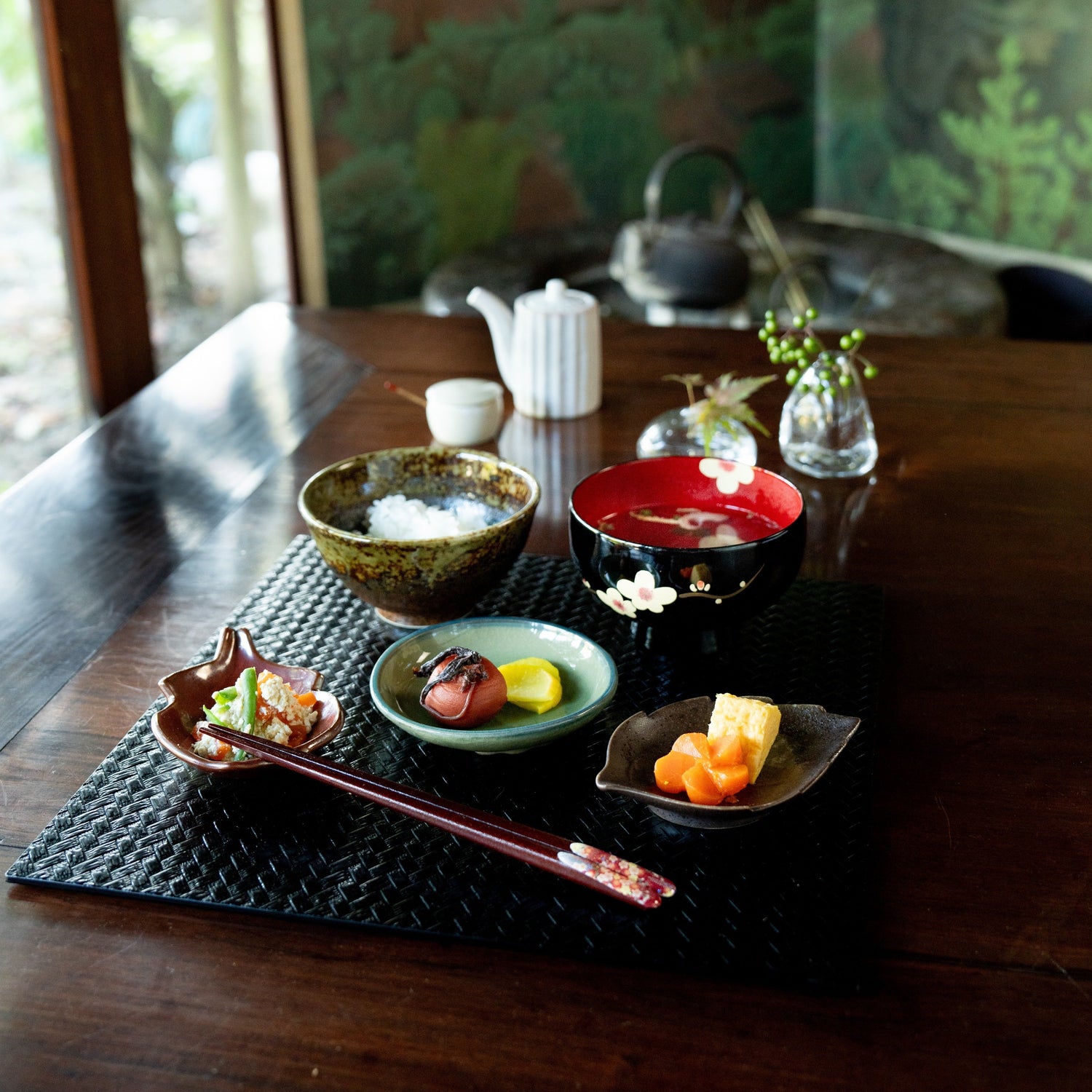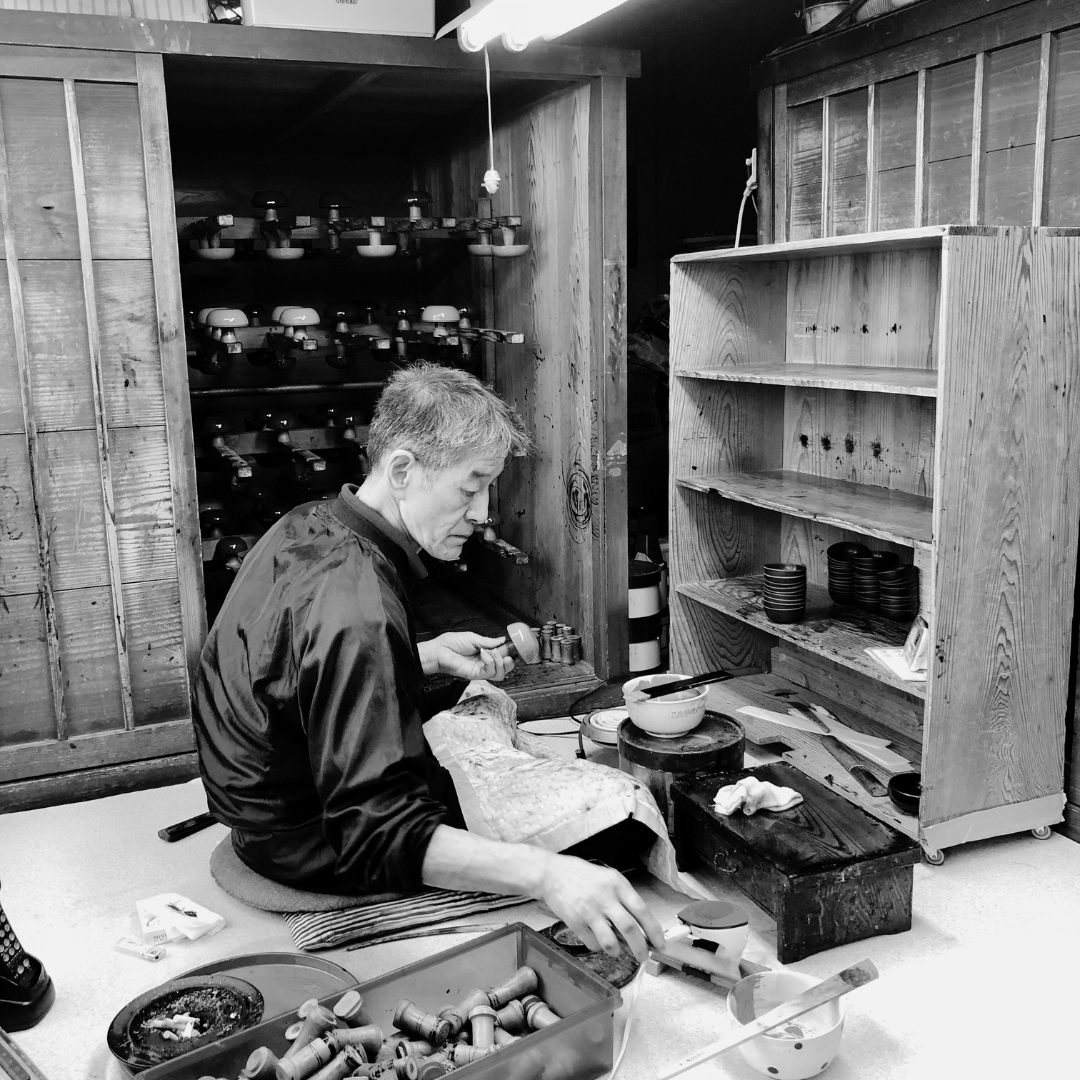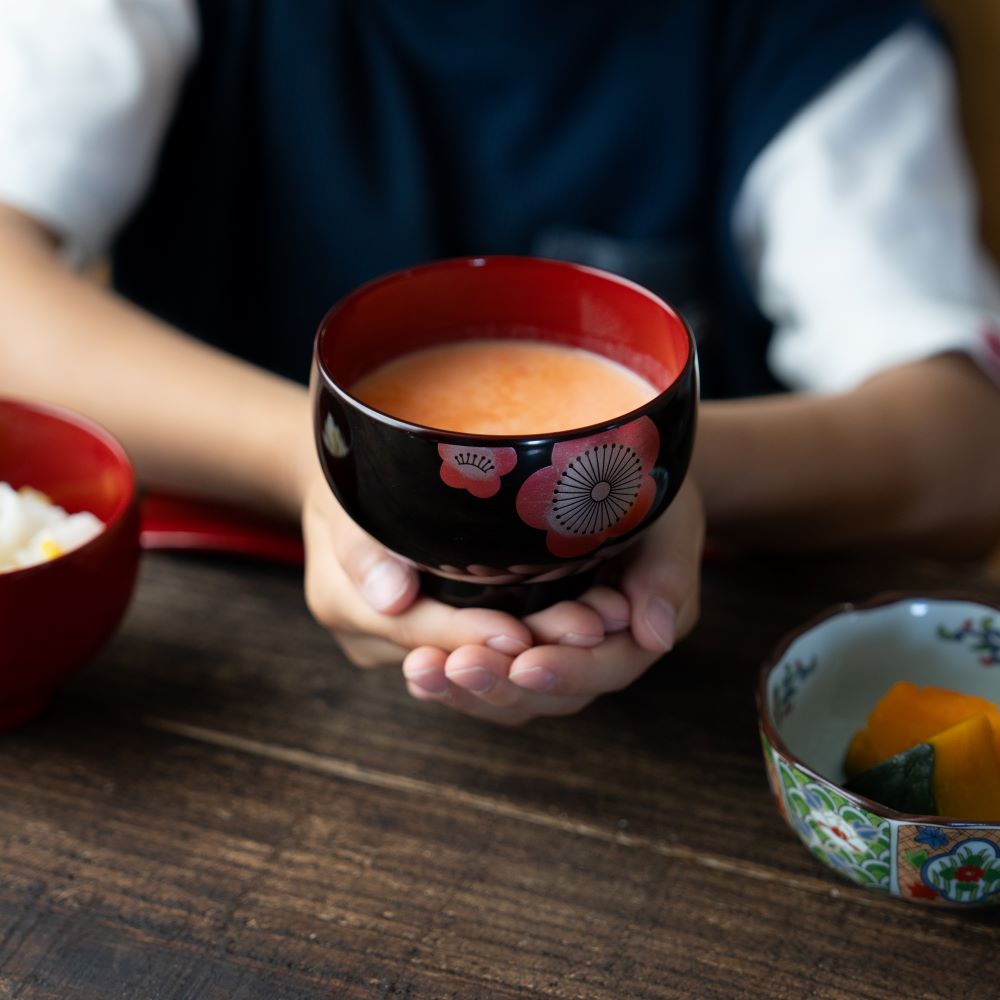Seasonal Ingredients in Ichiju-sansai: Embracing Nature’s Bounty Year-Round
One of the defining characteristics of Japanese cuisine is its deep connection to the seasons, and Ichiju-sansai is no exception. By embracing fresh, seasonal ingredients, each meal not only becomes a nourishing experience but also a celebration of the natural world. Here’s how you can incorporate the best seasonal produce into your Ichiju-sansai meals throughout the year.
1. Spring: A Fresh Start
Spring in Japan symbolizes renewal and is reflected in the fresh, vibrant ingredients of the season. This is the time for delicate flavors and ingredients that are tender and bursting with life.
- Ingredients: Bamboo shoots, asparagus, fava beans, strawberries, sakura (cherry blossoms), and young greens like mizuna and spinach.
- Dish Ideas: A light miso soup with bamboo shoots and wakame seaweed, or a side dish of asparagus goma-ae (sesame dressing) to add a fresh and earthy element to your meal.
2. Summer: Refreshing and Light
In the heat of summer, meals are designed to be cooling and refreshing, with an emphasis on hydrating and easy-to-digest ingredients. Seasonal vegetables and fruits play a starring role, offering crisp textures and vibrant colors.
- Ingredients: Cucumbers, tomatoes, eggplant, shiso leaves, edamame, and summer radishes. Watermelon and peaches are popular for dessert.
- Dish Ideas: A chilled tofu dish served with grated ginger and soy sauce, cucumber and wakame seaweed salad with a vinegar dressing, or a light vegetable soup to complement the warm weather.
3. Autumn: Harvest Abundance
Autumn in Japan is often called the “season of hearty appetites” as it marks the harvest season. The flavors deepen with the arrival of heartier vegetables and grains, offering a satisfying and nourishing meal to enjoy as the weather cools.
- Ingredients: Sweet potatoes, mushrooms (like shiitake and maitake), chestnuts, kabocha squash, and persimmons.
- Dish Ideas: A comforting mushroom miso soup, roasted kabocha squash as a side dish, or a sweet potato and rice blend to enhance the earthy flavors of the season.
4. Winter: Warm and Nourishing
As the cold sets in, Japanese cuisine focuses on warming ingredients that provide comfort and nourishment. Winter vegetables and root crops are perfect for hearty soups and stews, creating satisfying meals to warm the body and soul.
- Ingredients: Daikon radish, leeks, carrots, burdock root, spinach, and citrus like yuzu.
- Dish Ideas: A hearty daikon and carrot miso soup with tofu, simmered vegetables like braised leeks or burdock root, or a simple hot pot (nabe) to share with family and friends.
5. Staying Connected to Nature
Ichiju-sansai, with its simple structure of one soup, one main, and two side dishes, allows for endless creativity with seasonal ingredients. By aligning your meals with the natural cycle, you can appreciate the flavors at their peak while also nourishing your body with the nutrients that each season brings. This practice of mindful, seasonal eating connects you not just to the food, but to the rhythm of nature itself.
6. Tips for Incorporating Seasonal Ingredients
- Visit local farmers’ markets to find the freshest seasonal produce available.
- Focus on simplicity. Seasonal ingredients often shine on their own with minimal seasoning.
- Keep a list of seasonal vegetables and fruits handy so you can plan your Ichiju-sansai meals accordingly.
By embracing the seasons, your Ichiju-sansai meals will become more than just sustenance—they’ll be a reflection of the beauty and abundance that each time of year brings.
✨ Ready to bring Ichiju-sansai into your home? Start with the Ichiju-sansai Starter Set!





